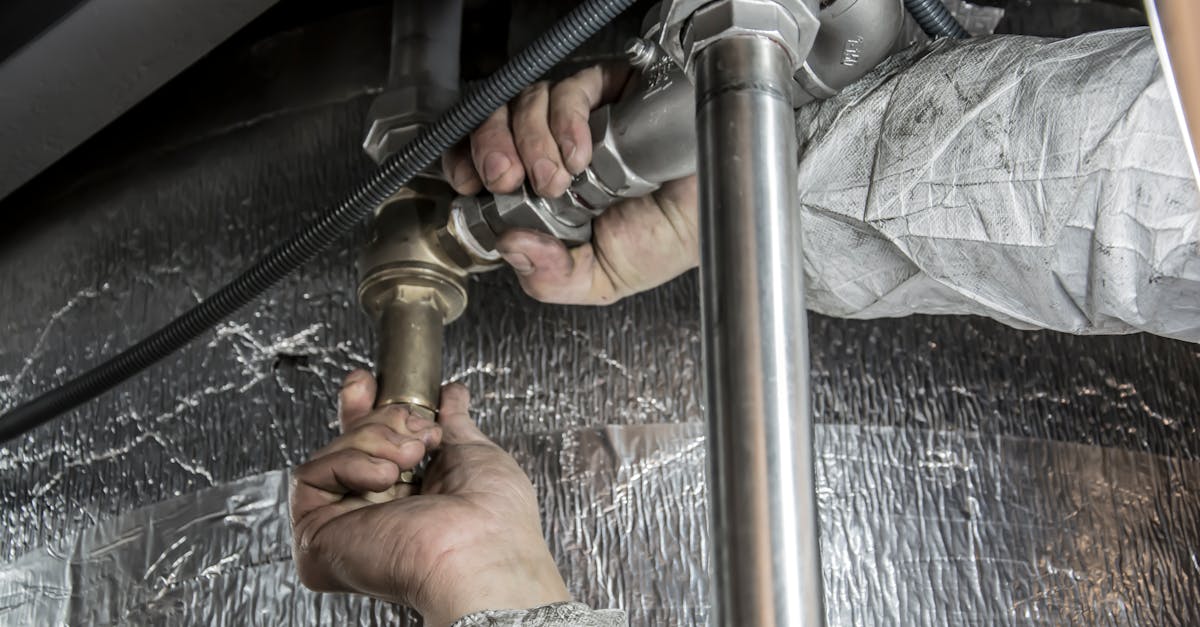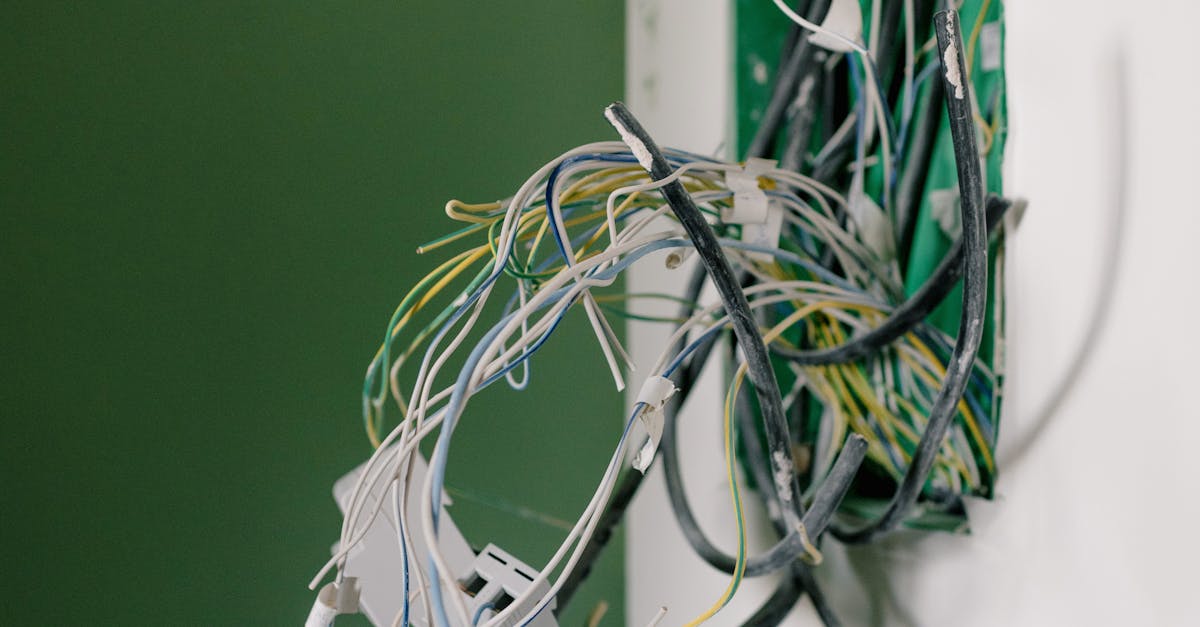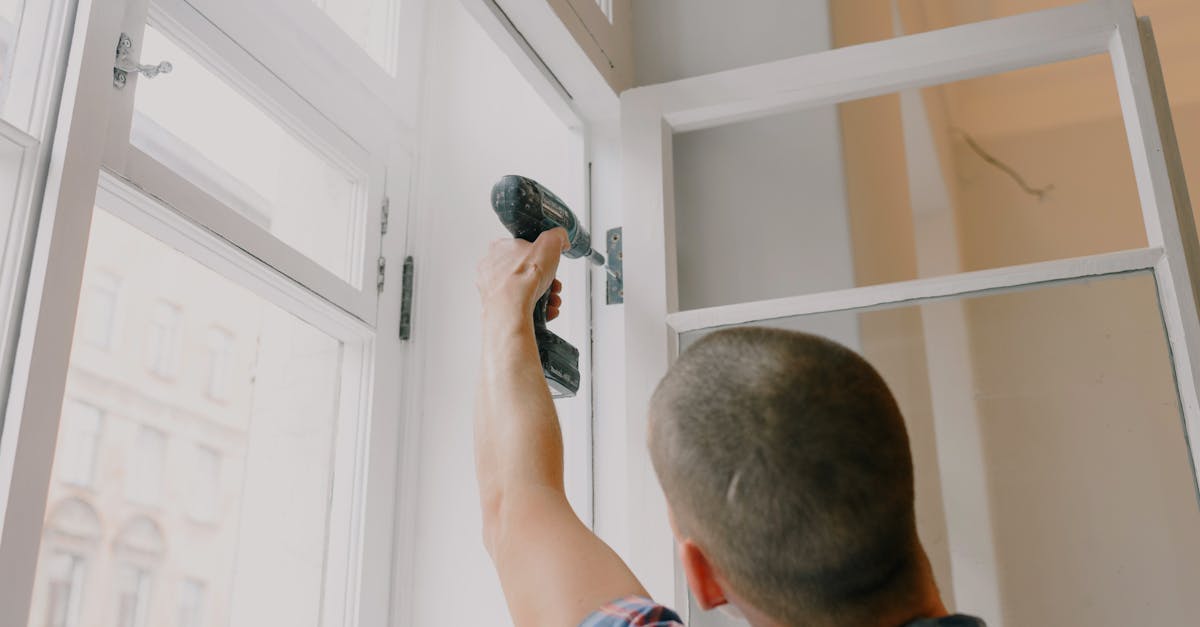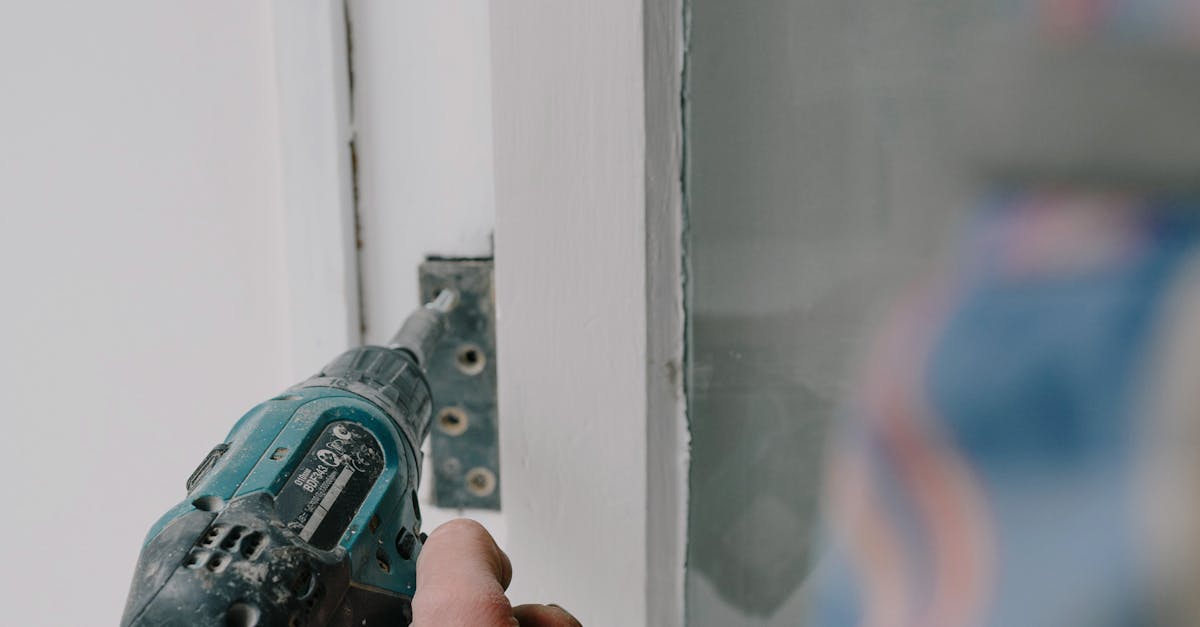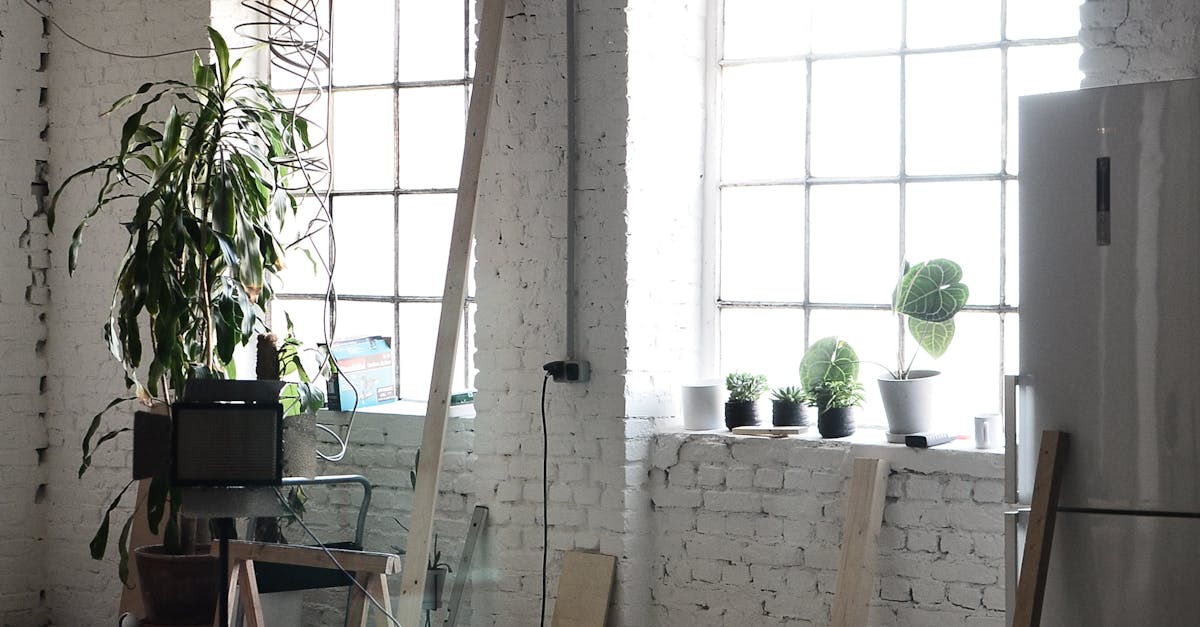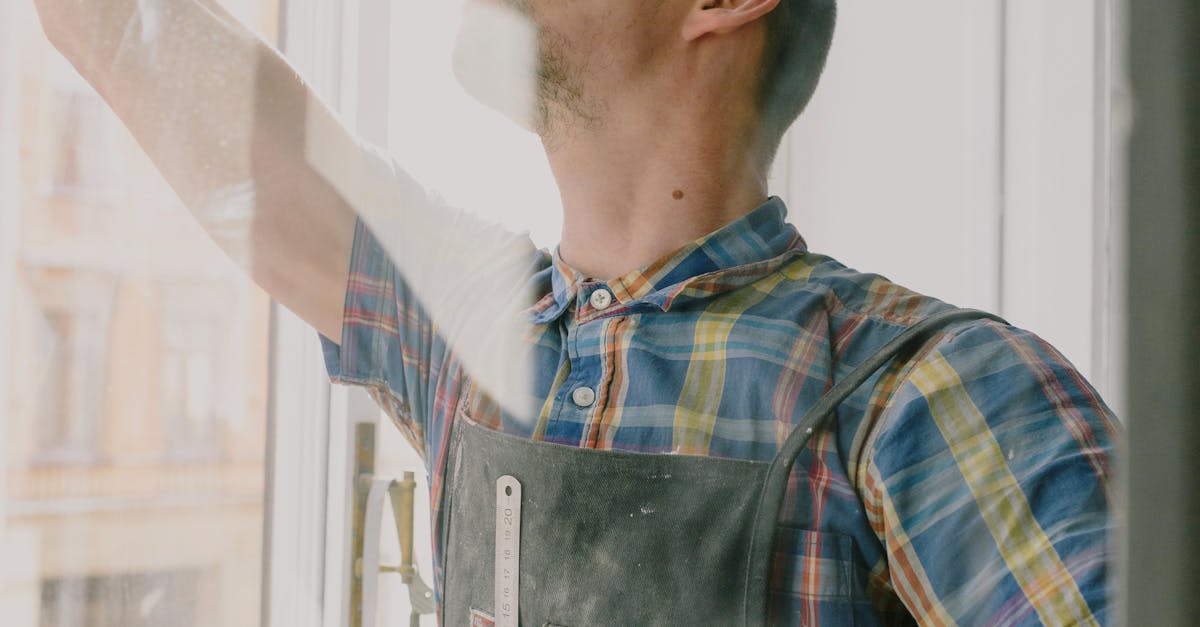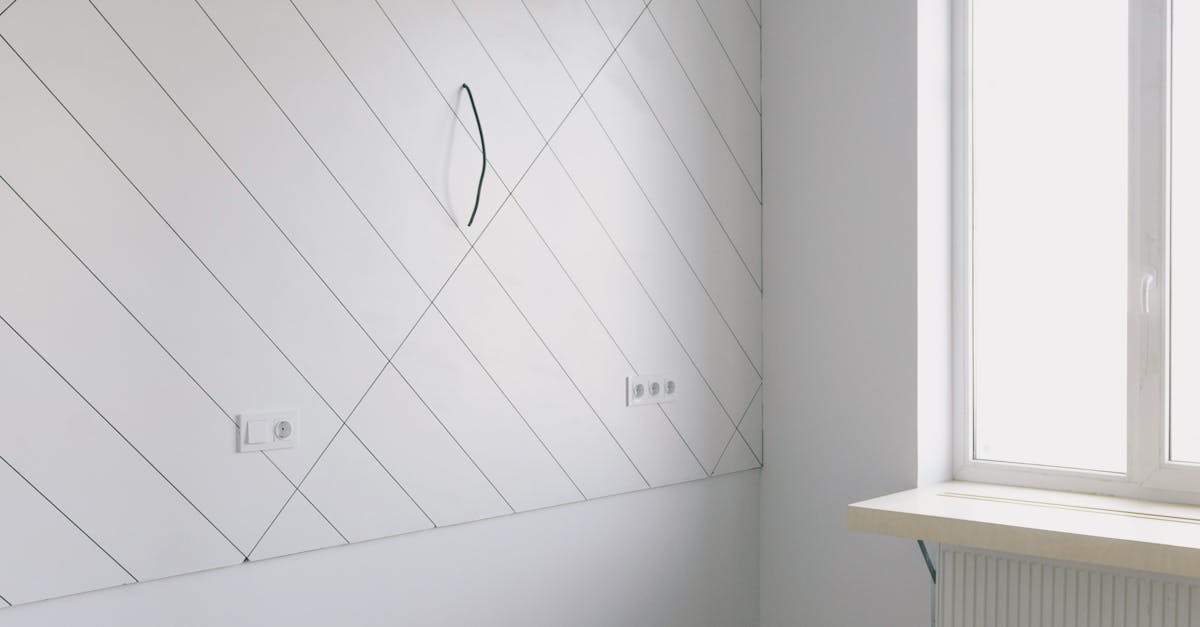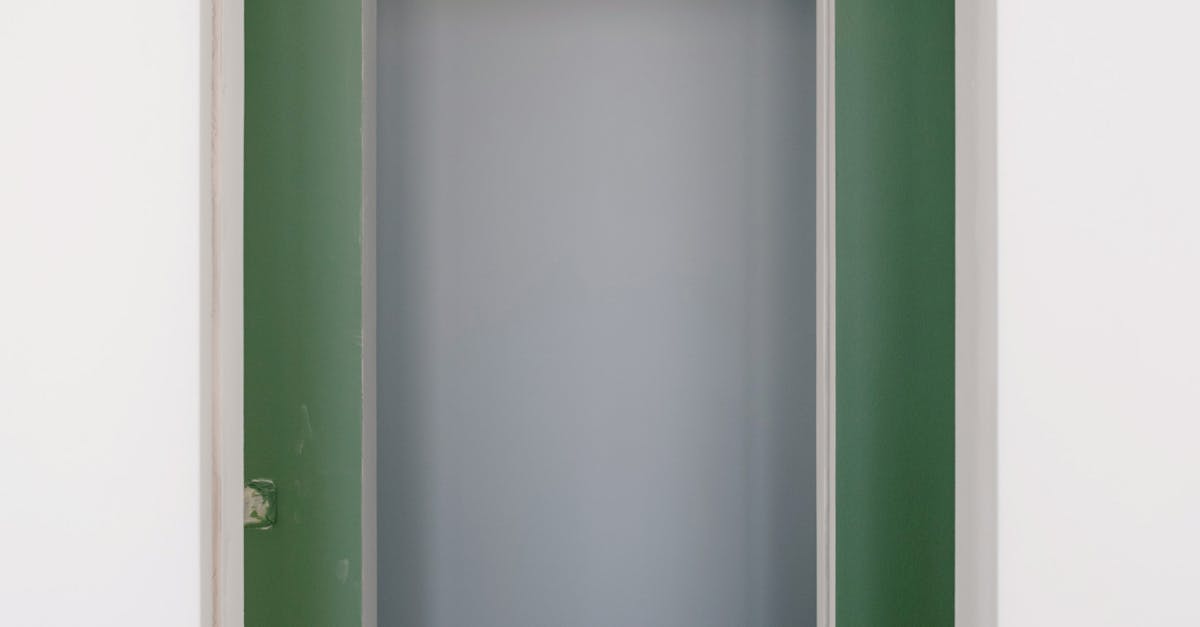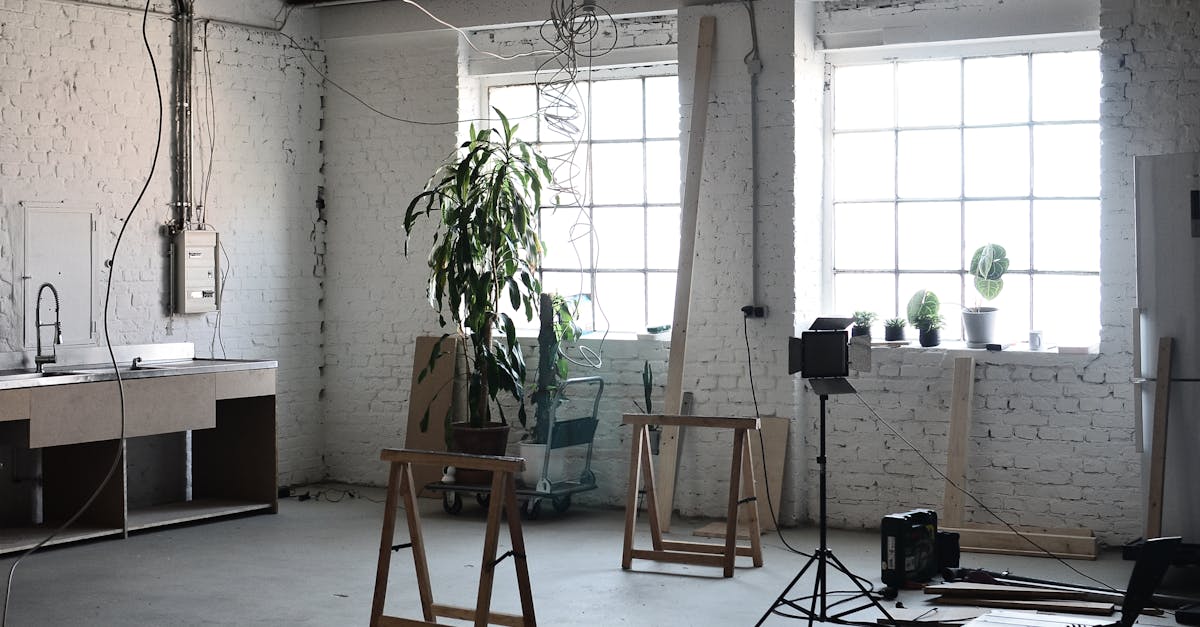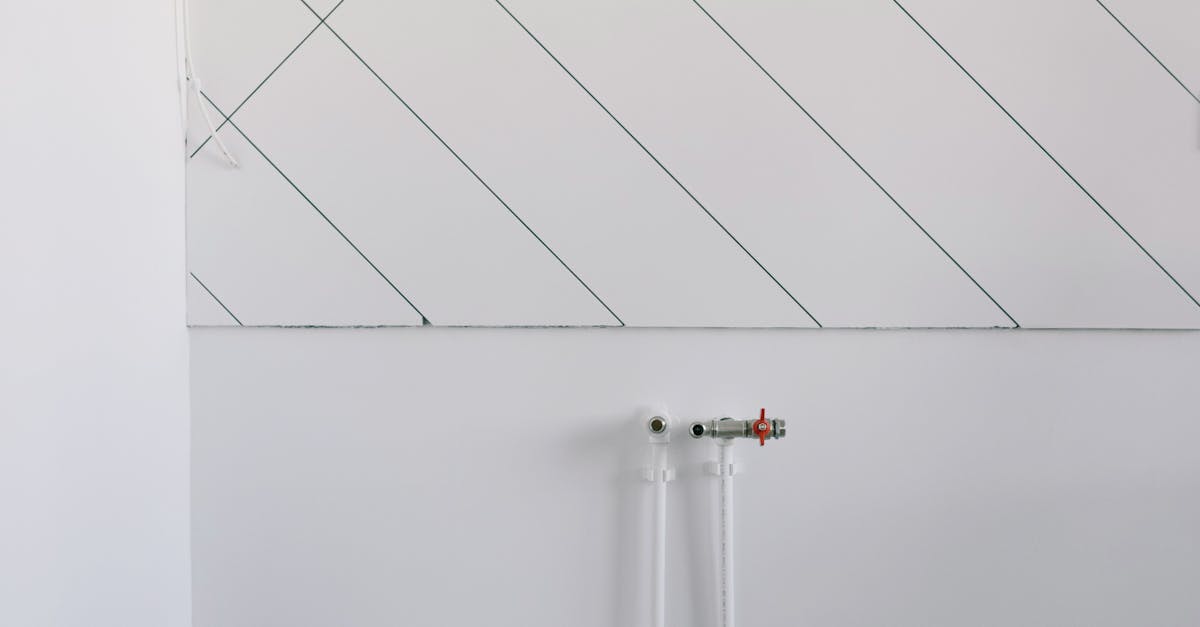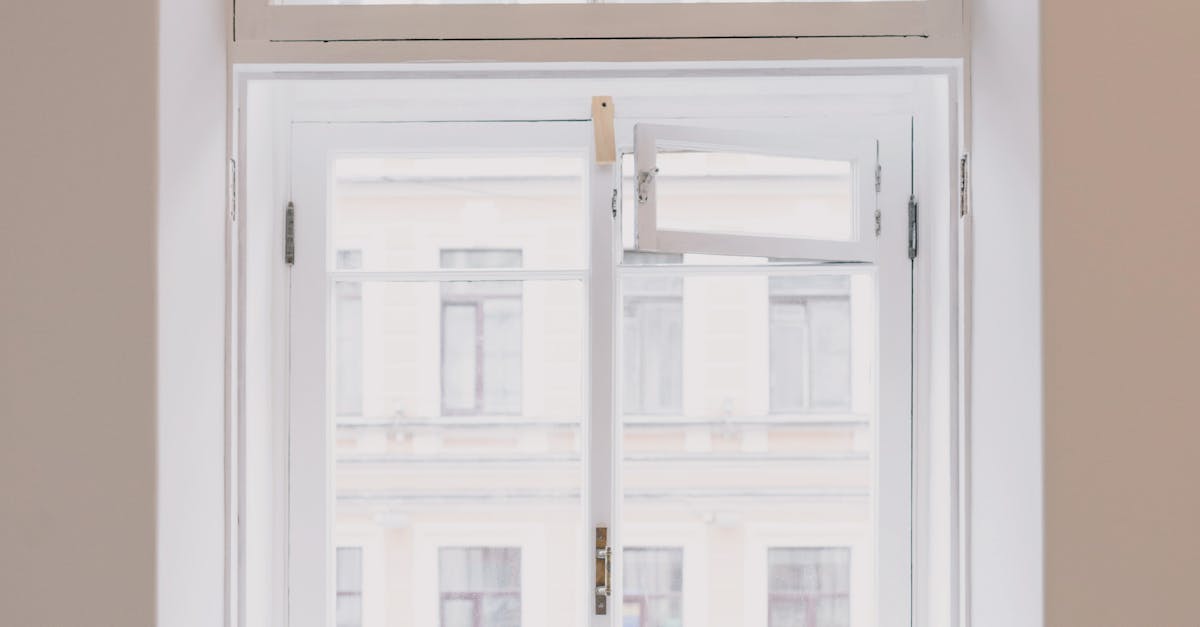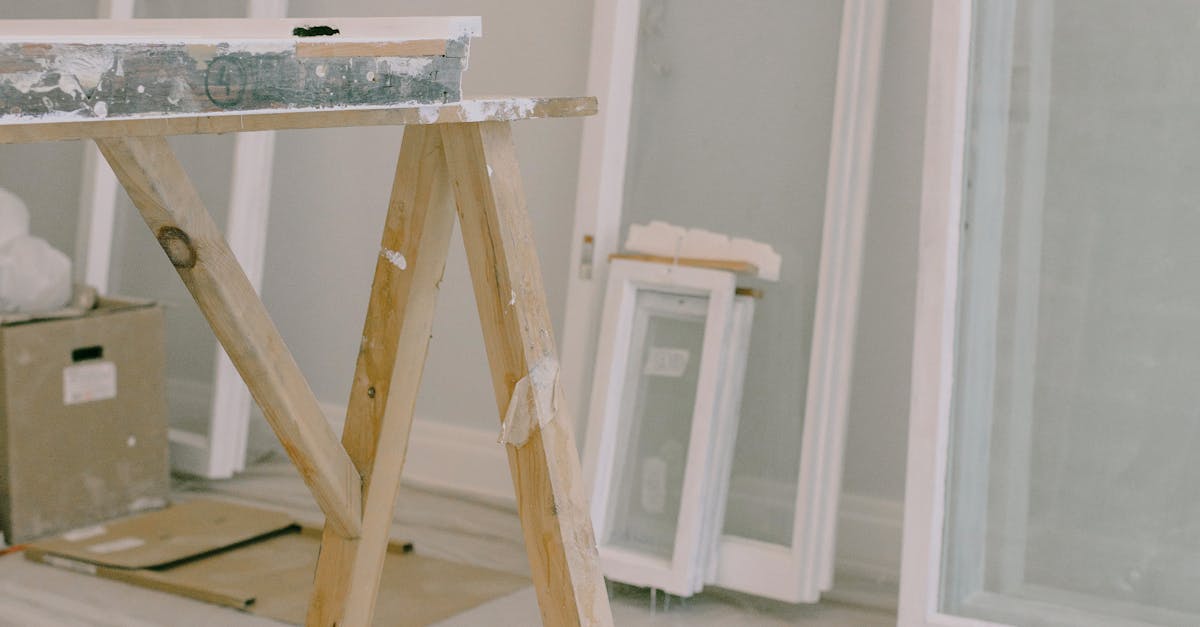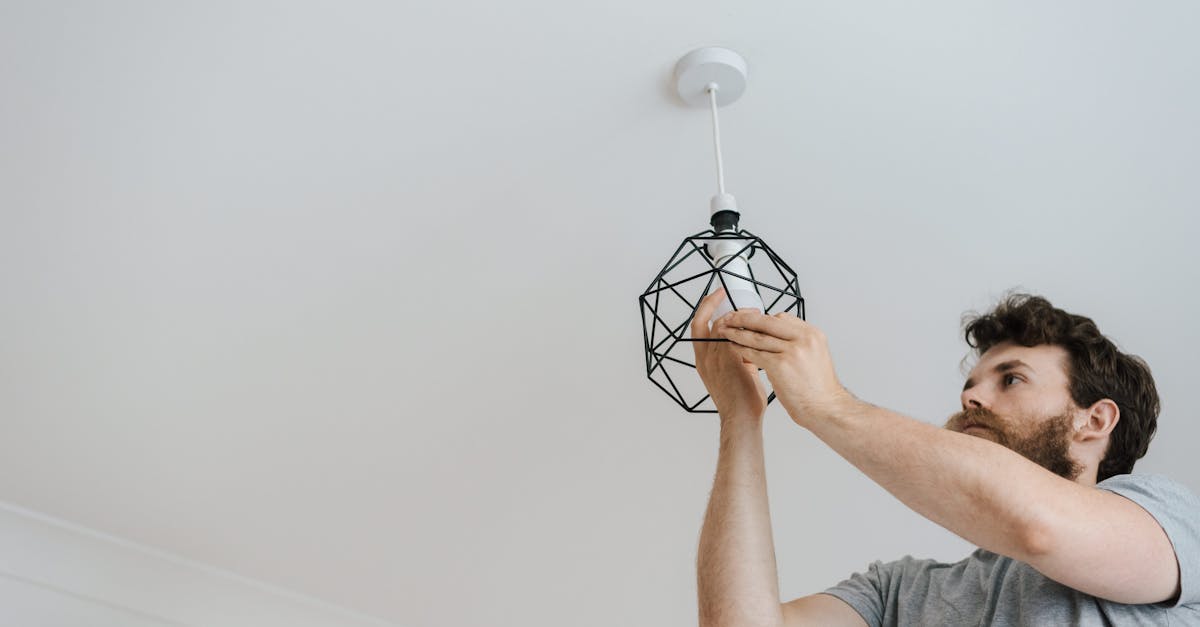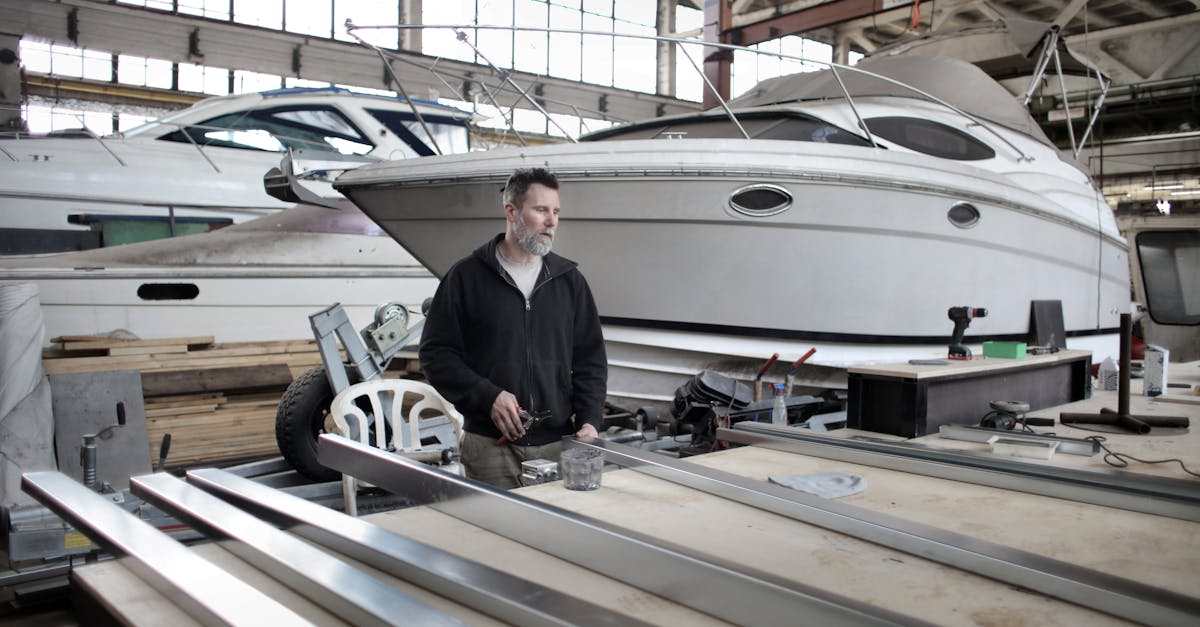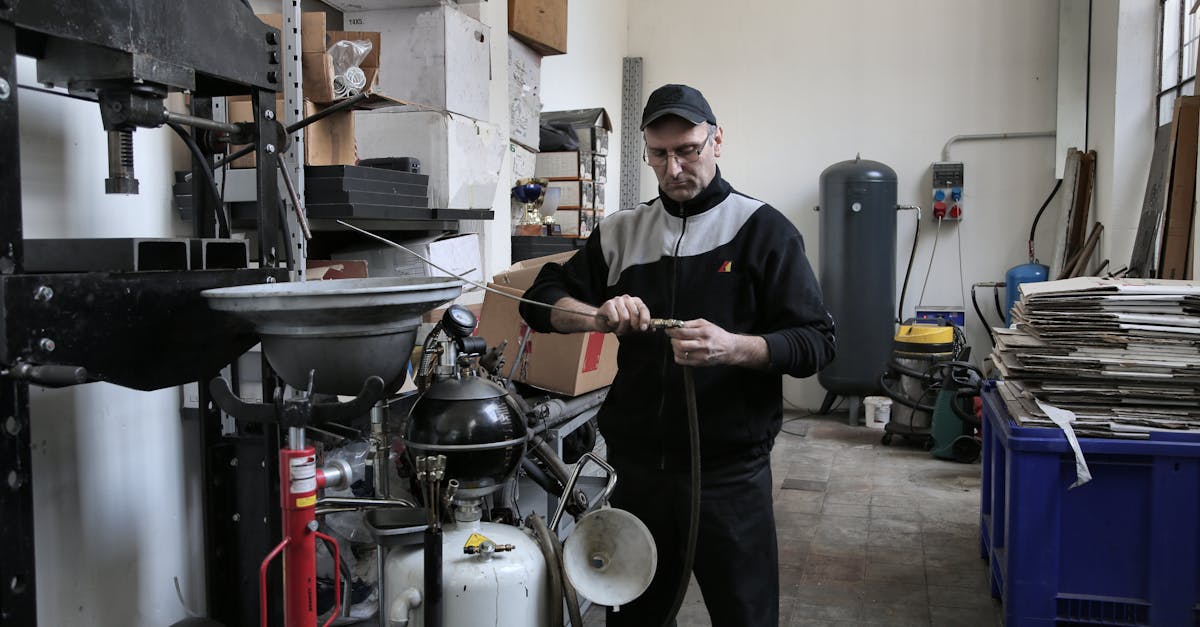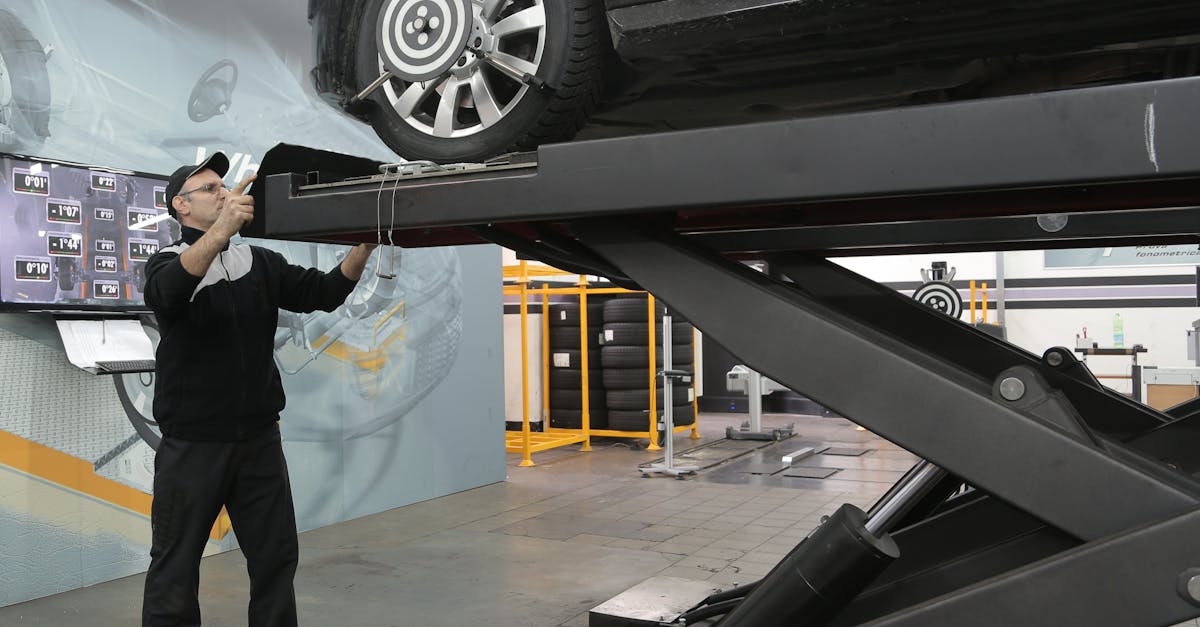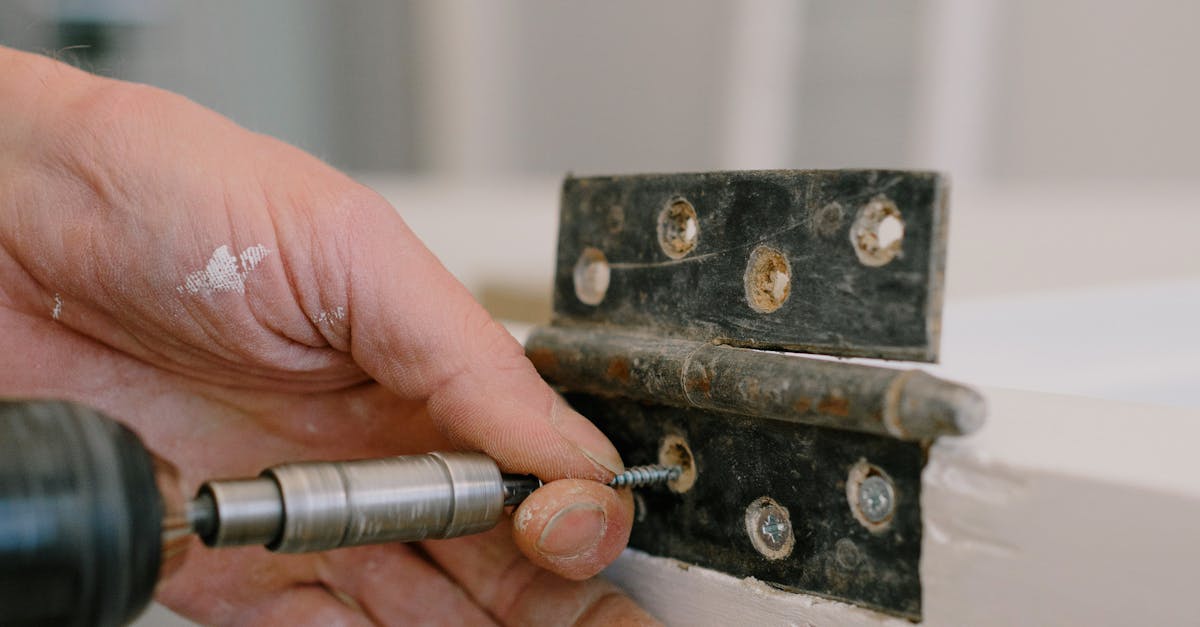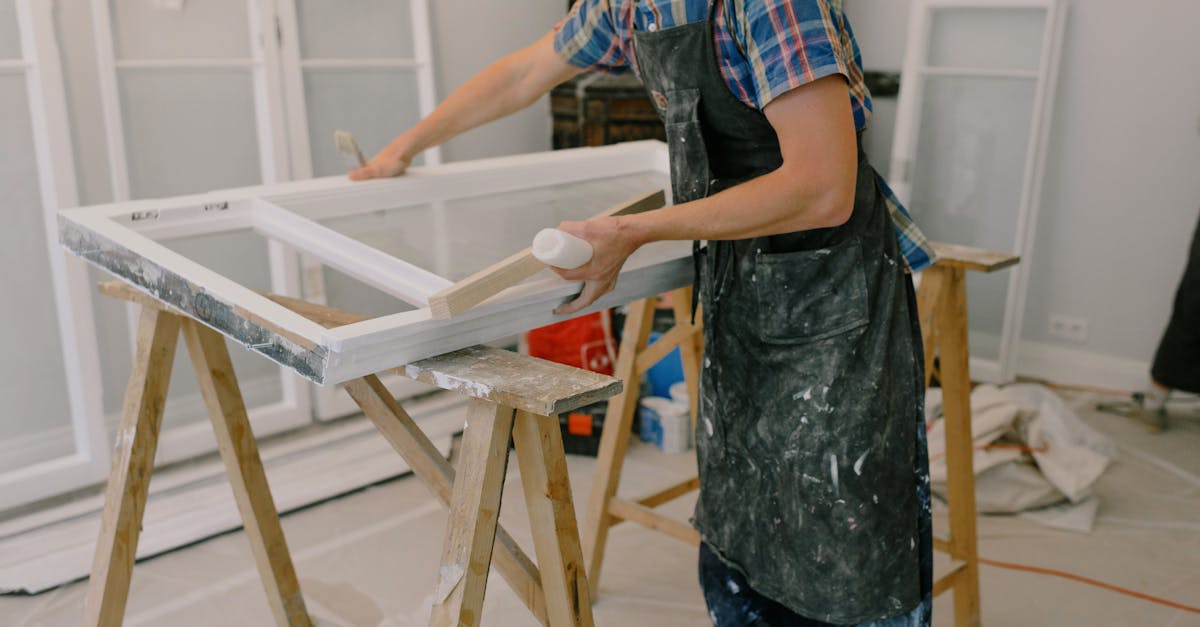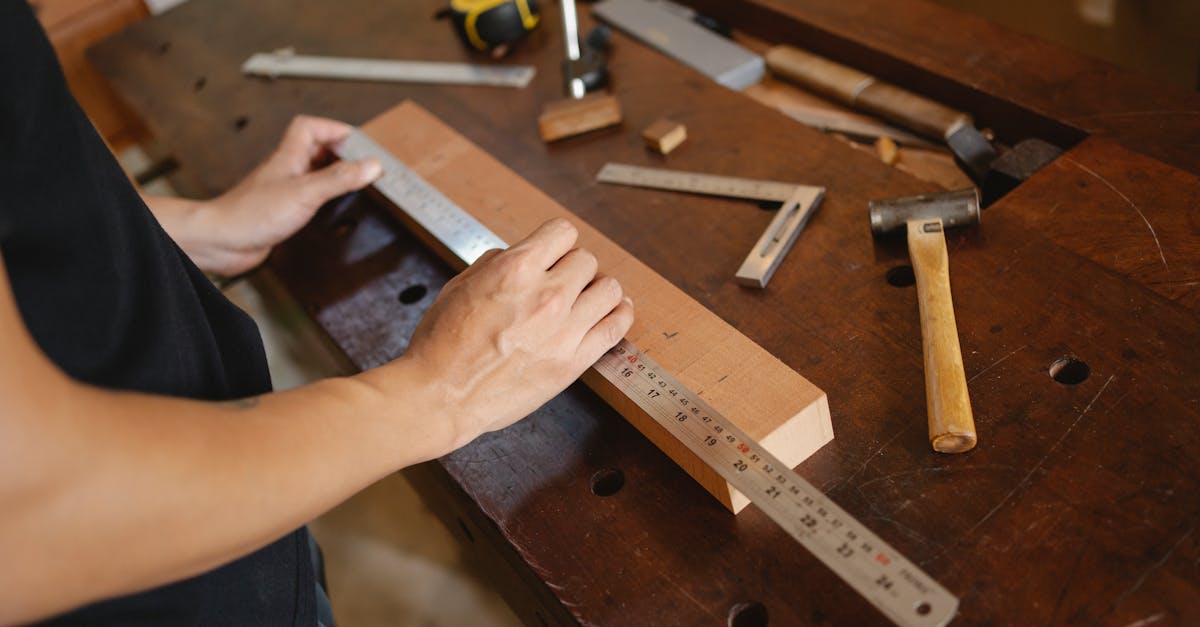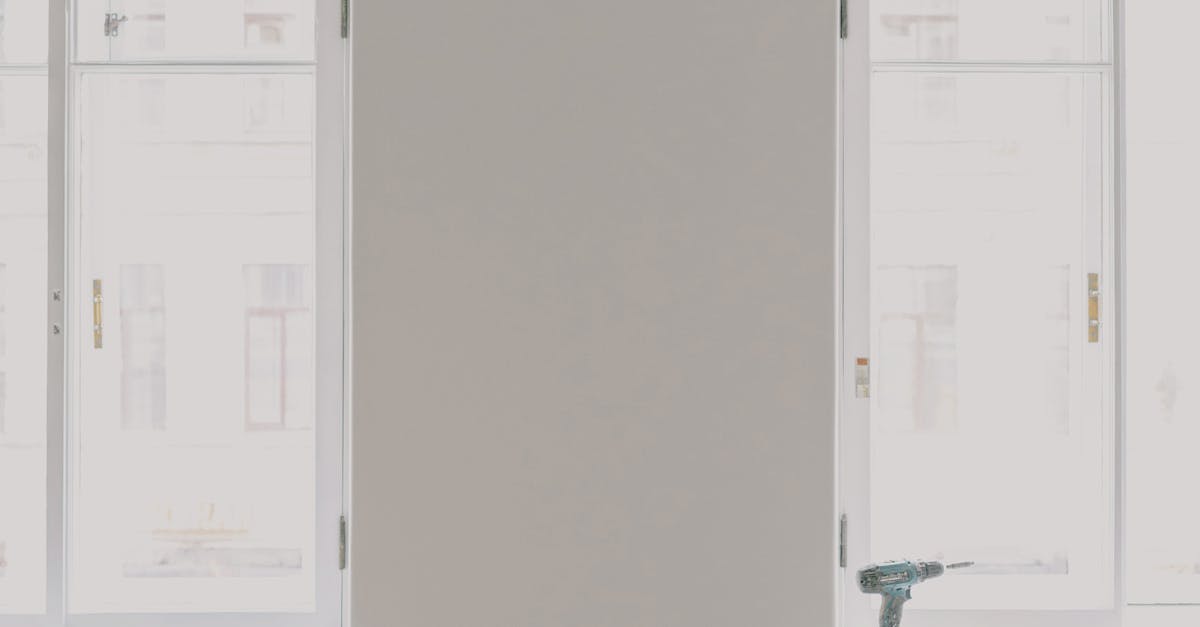
Table Of Contents
Listening for Unusual Sounds
Detecting a gas leak often begins with listening attentively for unusual sounds. A hissing noise is a common indicator that gas is escaping from a line. This sound may come from exposed pipes or fittings where there is damage or a loose connection. Being aware of your surroundings can help you identify such noises, especially in quiet environments where they may be more pronounced.
Gas line installation and repair require keen attention to detail, as even a small leak can lead to significant safety hazards. In addition to hissing, watch for other unusual sounds that might not be immediately identifiable. These could indicate issues with your appliances or the gas lines feeding them. It’s crucial to trust your instincts; if something sounds amiss, it’s wise to investigate further or consult a professional.
Identifying Hissing Noises
When assessing for gas leaks, listening for hissing noises can be a critical step. A hissing sound near gas lines often indicates an escape of gas. This symptom tends to be more pronounced if you are in proximity to potential leak sites, such as joints or valves. Be particularly attentive when in areas with gas appliances, as these can be key points of failure in gas line installation and repair.
To enhance your detection capabilities, it is advisable to eliminate background noise. Turn off any nearby appliances and ask others to remain quiet while you listen carefully. If you do hear a hissing noise, it’s essential to act swiftly. Evacuate the area, avoid using electrical devices, and contact a qualified technician to investigate further.
Monitoring Appliances and Outlets
Monitoring appliances and outlets can play a critical role in detecting gas leaks. Many household appliances, such as stoves, heaters, and furnaces, rely on gas for operation. Regularly checking these devices for any signs of malfunction or unusual behaviour is essential. Outlets that exhibit an unusual smell or visibly damaged wiring can also indicate potential gas leaks. Addressing any concerns promptly ensures not only the safety of the household but also the proper functioning of gas appliances.
Gas line installation and repair should always be conducted by professionals who understand the risks involved. While most appliances will have built-in safety features, they can sometimes fail. It's vital to remain vigilant, especially after any maintenance or installation work on gas lines. Regular inspections of both the appliances and the surrounding installations can help identify issues early, allowing for timely repairs and reducing the risk of significant hazards.
Evaluating GasUsing Equipment
When evaluating gas-using equipment, it is essential to inspect all appliances connected to your gas line. Check for any signs of damage, wear, or corrosion on connections and hoses. Regular maintenance is crucial to ensure that each appliance operates safely and efficiently, as even small issues can lead to larger problems, including gas leaks. Always adhere to recommended service schedules for your gas appliances to prevent potential hazards.
In addition to physical inspections, consider observing how these appliances function during use. Any unusual behaviour, such as fluctuating flames on a gas stove or uneven heating from a gas heater, may indicate a problem. Engaging a qualified professional for gas line installation and repair is advisable if any irregularities are noted. This expert attention ensures not only the safety of the gas line but also the longevity and performance of your gas appliances.
Carbon Monoxide Detectors as an Indicator
Carbon monoxide detectors serve as a critical safety measure in homes where gas line installation and repair have occurred. These devices detect the presence of carbon monoxide, a colourless and odourless gas often produced by incomplete combustion of fossil fuels, including natural gas. When gas lines are improperly installed or begin to degrade over time, the risk of carbon monoxide leaks increases. Regularly checking and maintaining these detectors ensures that they function properly and can alert occupants to potential dangers.
In addition to their primary function of detecting dangerous levels of carbon monoxide, these detectors can also provide insights into the overall safety of gas appliances. A malfunctioning gas appliance may produce excessive gas and lead to an increase in carbon monoxide levels. Homeowners should ensure that detectors are placed strategically throughout the property, particularly near bedrooms and living areas, to provide comprehensive coverage. Regular testing of these devices, along with prompt gas line installation and repair, can significantly enhance safety and prevent serious health risks.
Understanding the Relationship Between Gas Leaks and Carbon Monoxide
Gas leaks pose a significant risk, with one of the dangers being the unintentional release of carbon monoxide. This odourless and colourless gas can result from incomplete combustion of gas appliances. When a leak occurs, appliances that burn natural gas may not function efficiently, leading to higher carbon monoxide production. Homeowners should be aware that increased levels of this gas are often related to gas line issues. Regular inspections are essential for identifying any malfunctions that might result from poor gas line installation and repair practices.
Effective monitoring of carbon monoxide levels can act as a critical safety measure in homes using gas appliances. Installing carbon monoxide detectors enhances safety by providing an early warning system. It is vital to ensure that these detectors are positioned correctly and maintained regularly. Should they detect elevated levels of carbon monoxide, it often indicates an underlying problem with gas lines or appliances. Understanding this relationship can help homeowners take proactive measures to protect their health and safety.
FAQS
How can I tell if there's a gas leak in my home?
You can listen for unusual sounds, such as hissing noises, monitor your gas appliances and outlets for irregularities, and check your carbon monoxide detectors for alerts.
What should I do if I hear a hissing noise near my gas lines?
If you hear a hissing noise, it may indicate a gas leak. Evacuate the area immediately, avoid using any electrical devices, and contact your gas supplier or emergency services.
How often should I check my gas appliances for leaks?
It's advisable to check your gas appliances and connections regularly, ideally every few months, and to have a professional inspection at least once a year.
Can carbon monoxide detectors help identify gas leaks?
Yes, carbon monoxide detectors can signal the presence of carbon monoxide, which may occur in environments with gas leaks. If the alarm goes off, evacuate the premises and seek assistance.
What are the signs of a gas leak I should be aware of?
Signs of a gas leak include a strong gas odour (similar to rotten eggs), hissing sounds near gas lines, dead or dying vegetation above gas lines, and physical symptoms like headaches or dizziness.
